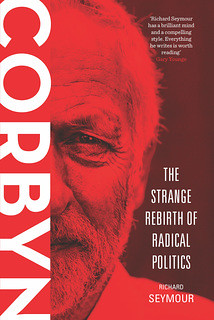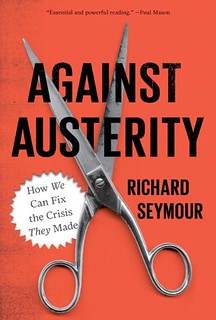Saturday, September 18, 2010
Reasons to be cheerful posted by Richard Seymour
Why The Economist thinks the unions could easily sink the cuts:To be sure, their power isn’t what it used to be. Membership has declined sharply, from 13m in the early 1980s to just over half that today (see chart). And trade unionism has become concentrated in the public sector, where 57% of employees are members compared with just 15% of privately employed workers. That weakening has been accompanied by a period of unusually serene industrial relations. Official records dating back to 1891 suggest that strikes have never been as infrequent as they are today. Twice as many days were lost to walkouts in 1984 alone as in the two decades since 1990.
Nevertheless, the unions are far from a spent force: the 7m Britons who still carry union cards remain, collectively, an important social movement (by comparison, only around 4m people attend church once a month or more). Concentration in the public sector has helped to preserve their power. Strikes by transport workers can cause chaos if commuters are unable to get to work. A recent two-day walkout by workers on the London Underground, for example, caused widespread disruption in the capital; one estimate, from the London Chamber of Commerce, put the cost to firms at £48m ($75m) a day. A full-blown rail strike would be much worse. A walkout by teachers would require millions of parents to stay at home minding their children; binmen could leave the streets as filthy as some were in the “winter of discontent”; and so on.
Predictably, of course, this is a justification for capital to call for further restrictions on union power, but the palpable sense of panic in the Economist's analysis is too delicious for words.
Labels: militancy, neoliberalism, spending cuts, strikes, the meaning of david cameron, tories, trade unions










